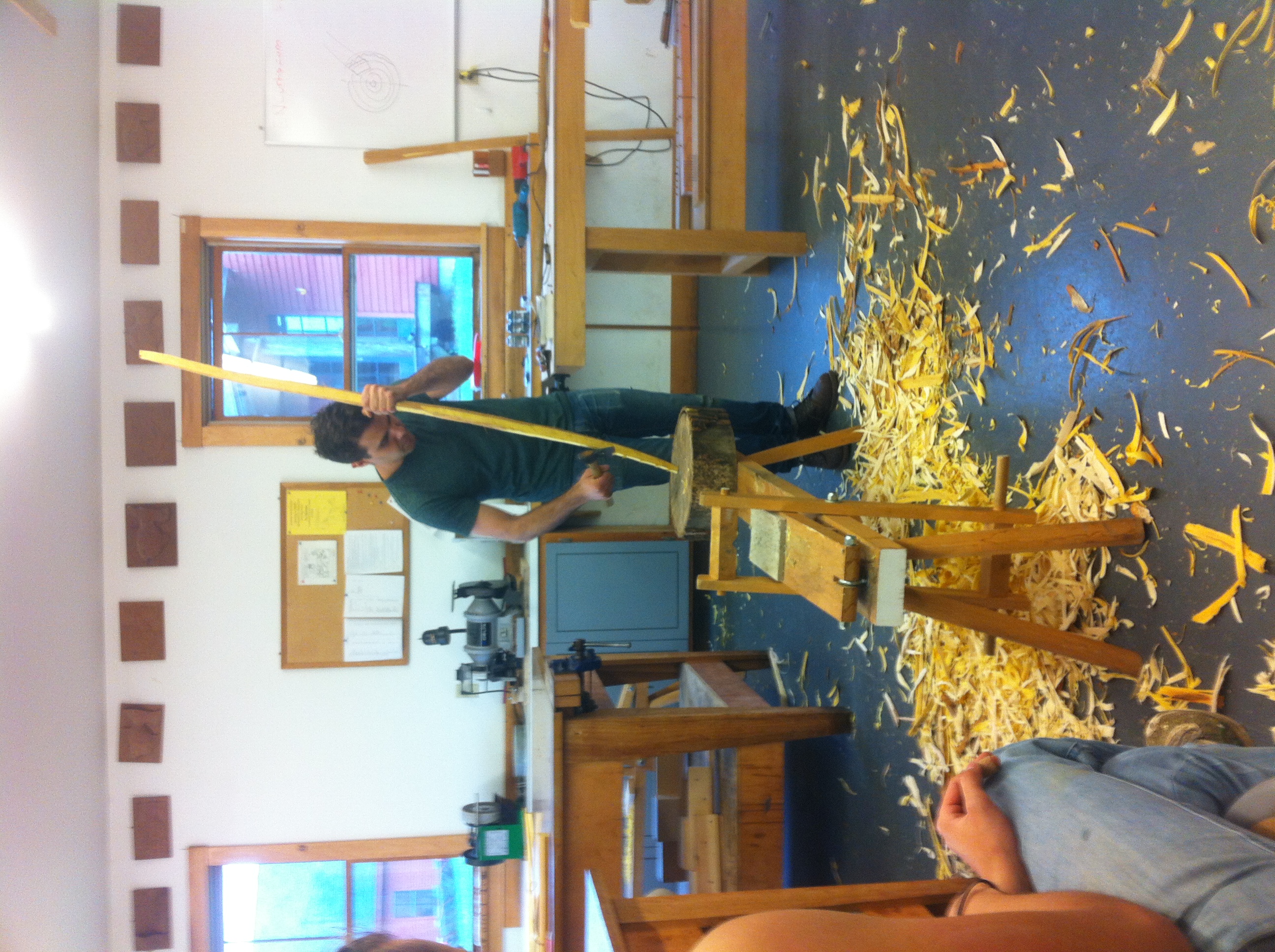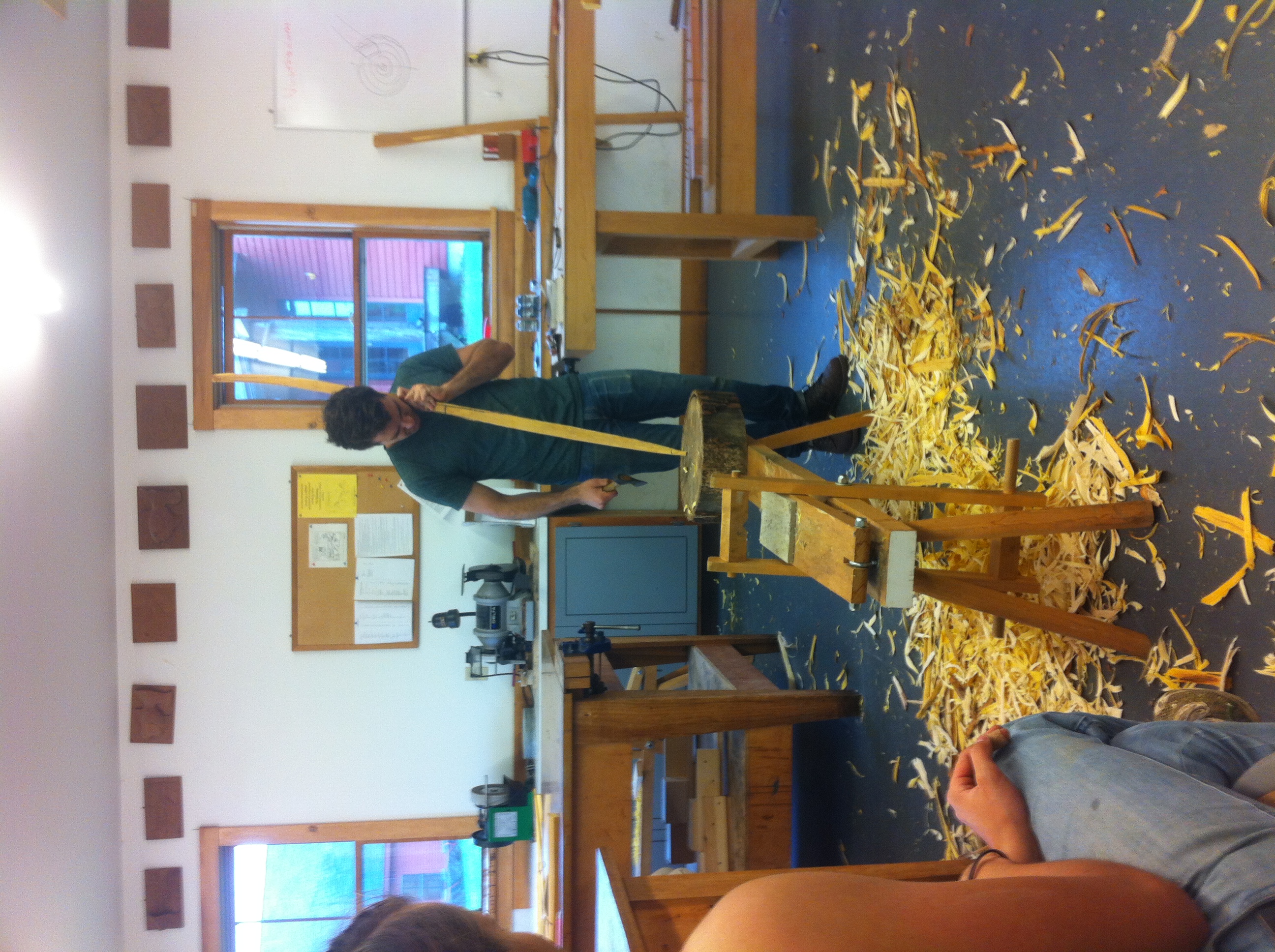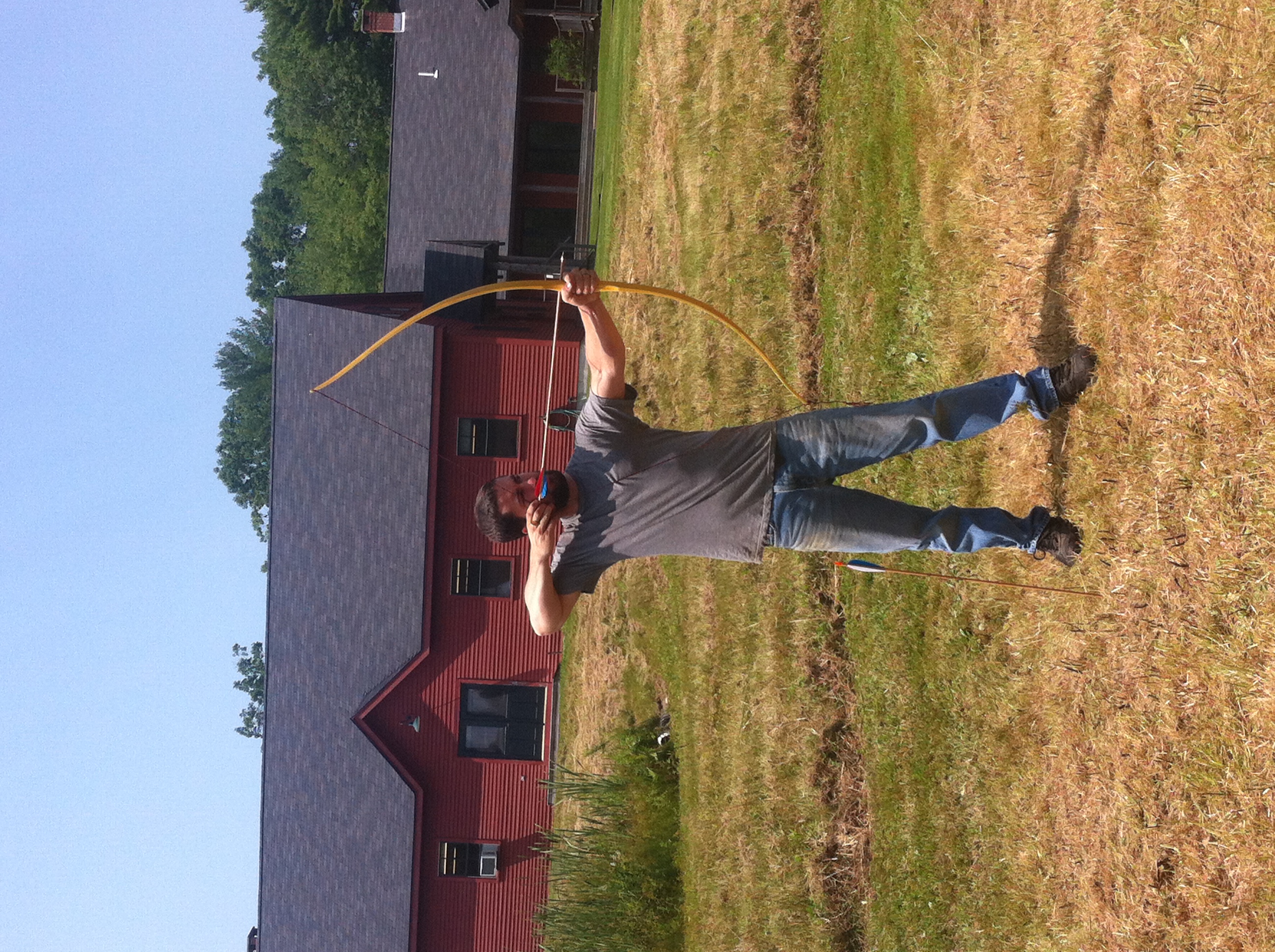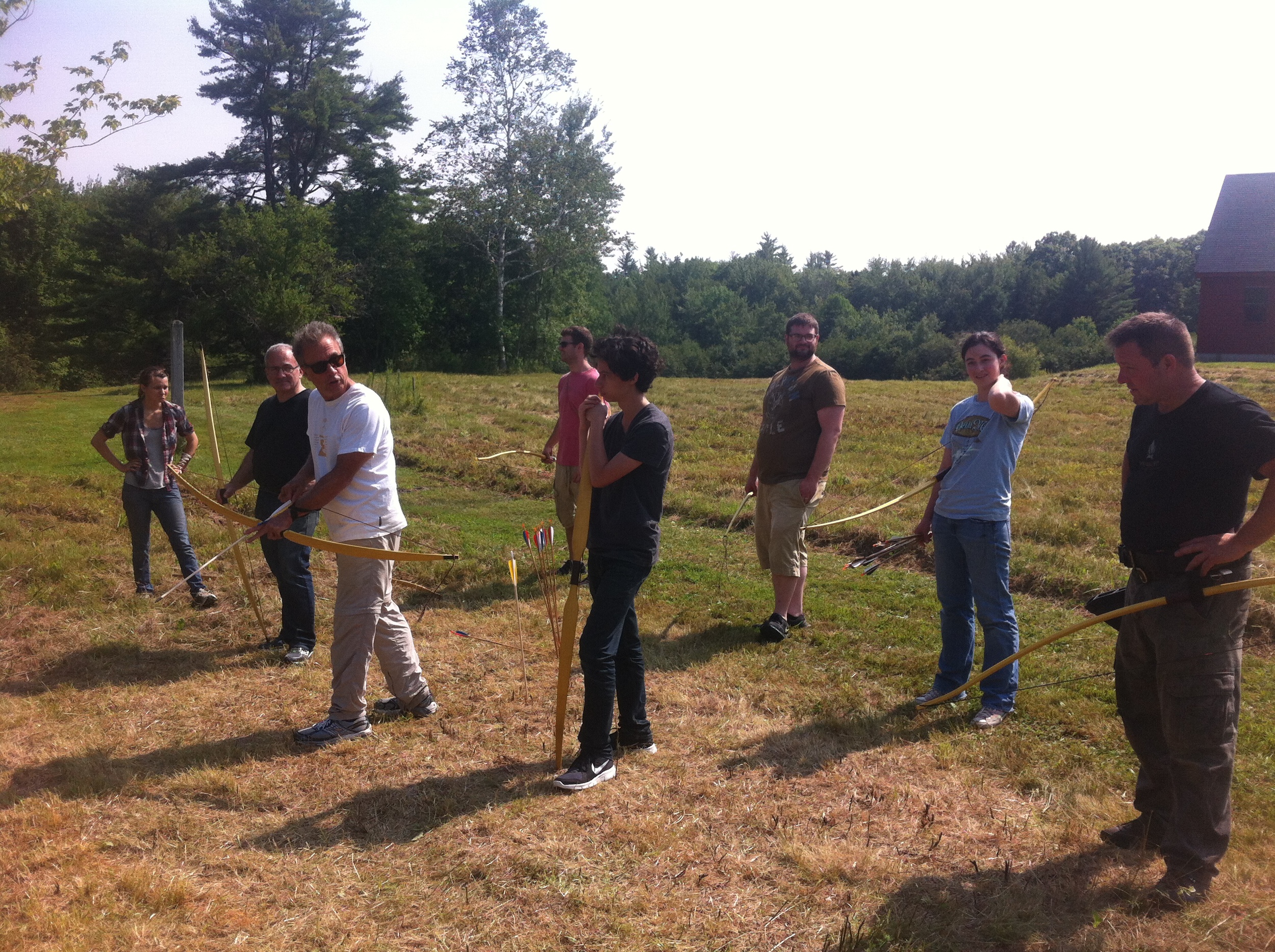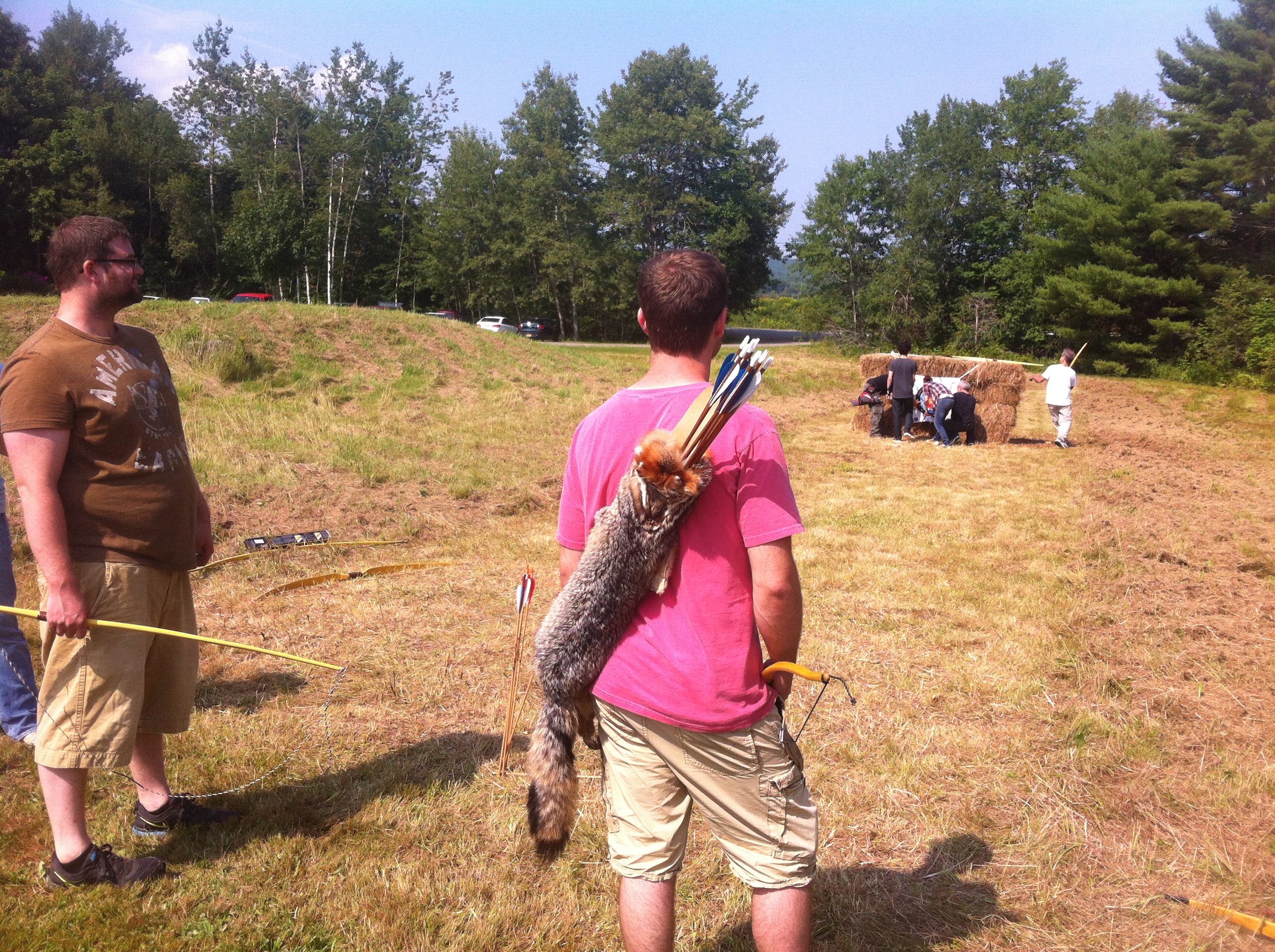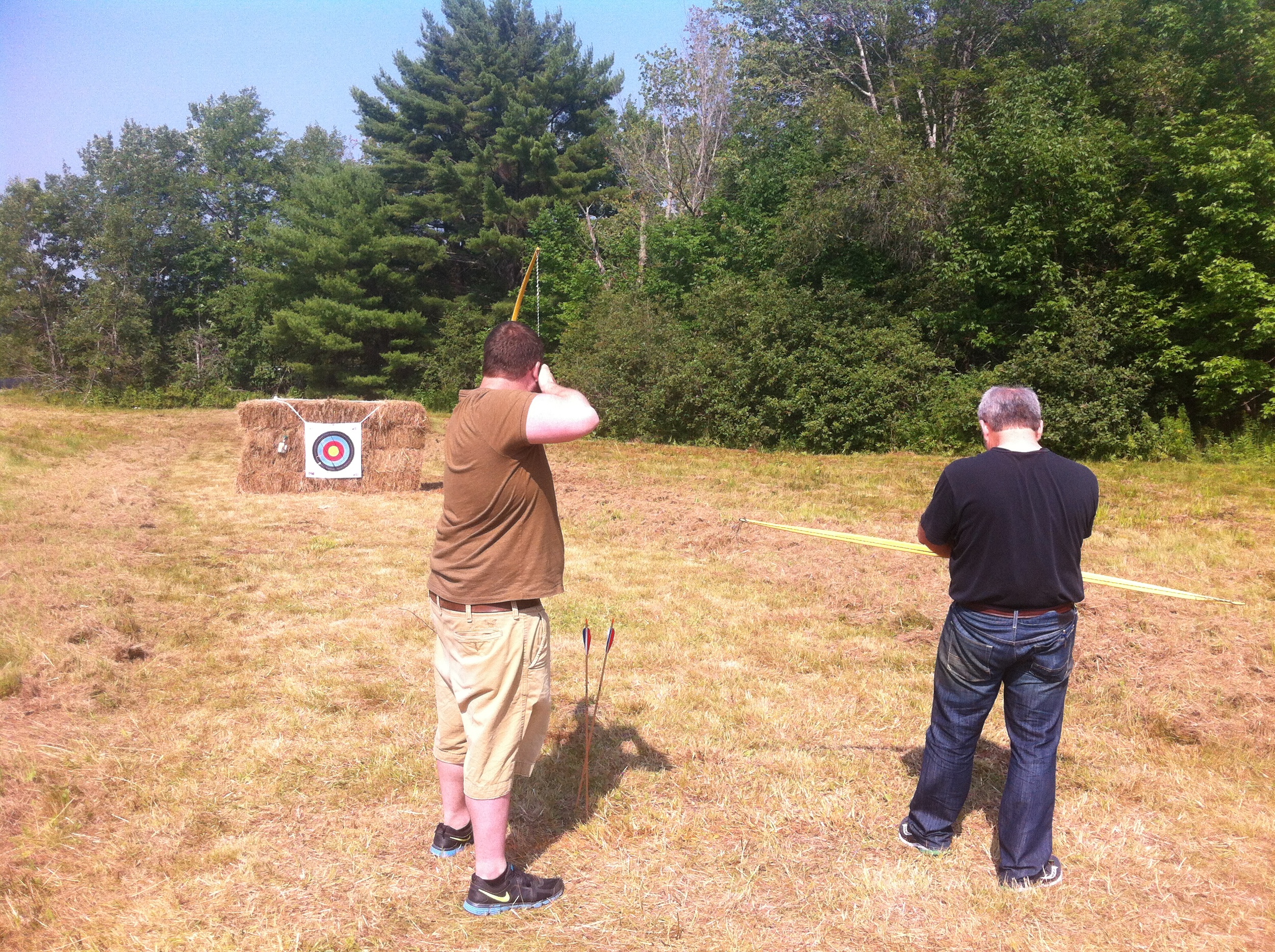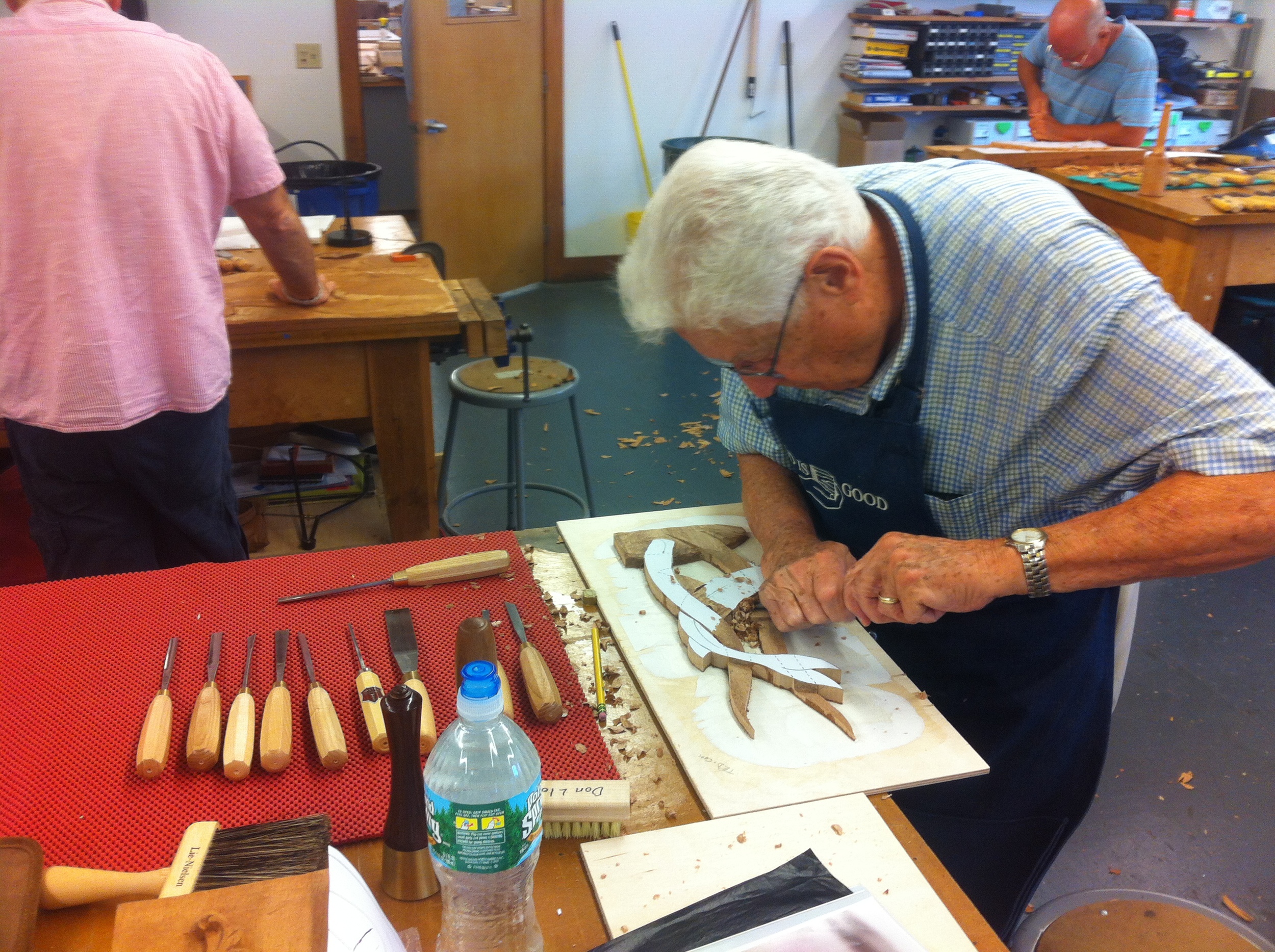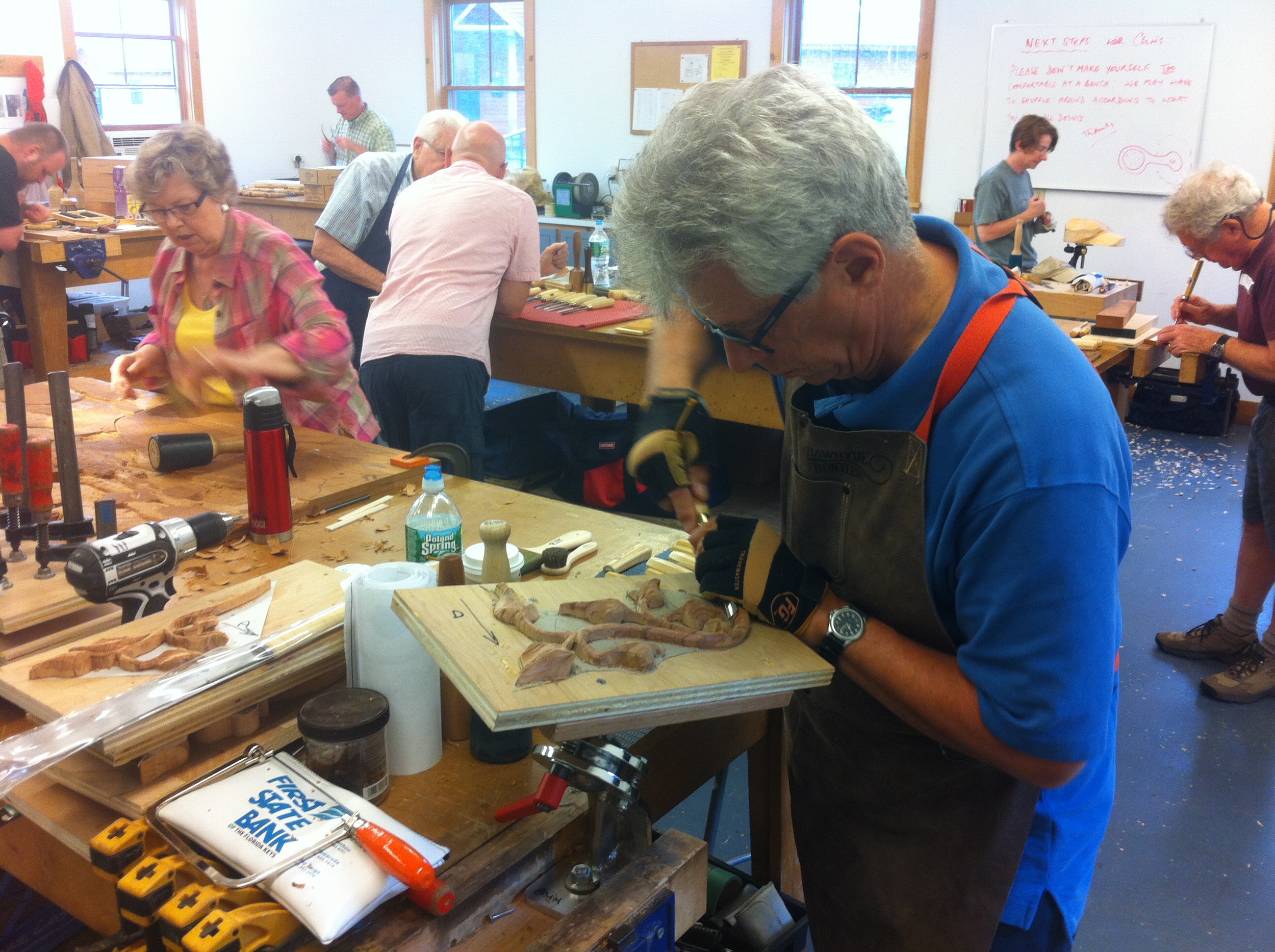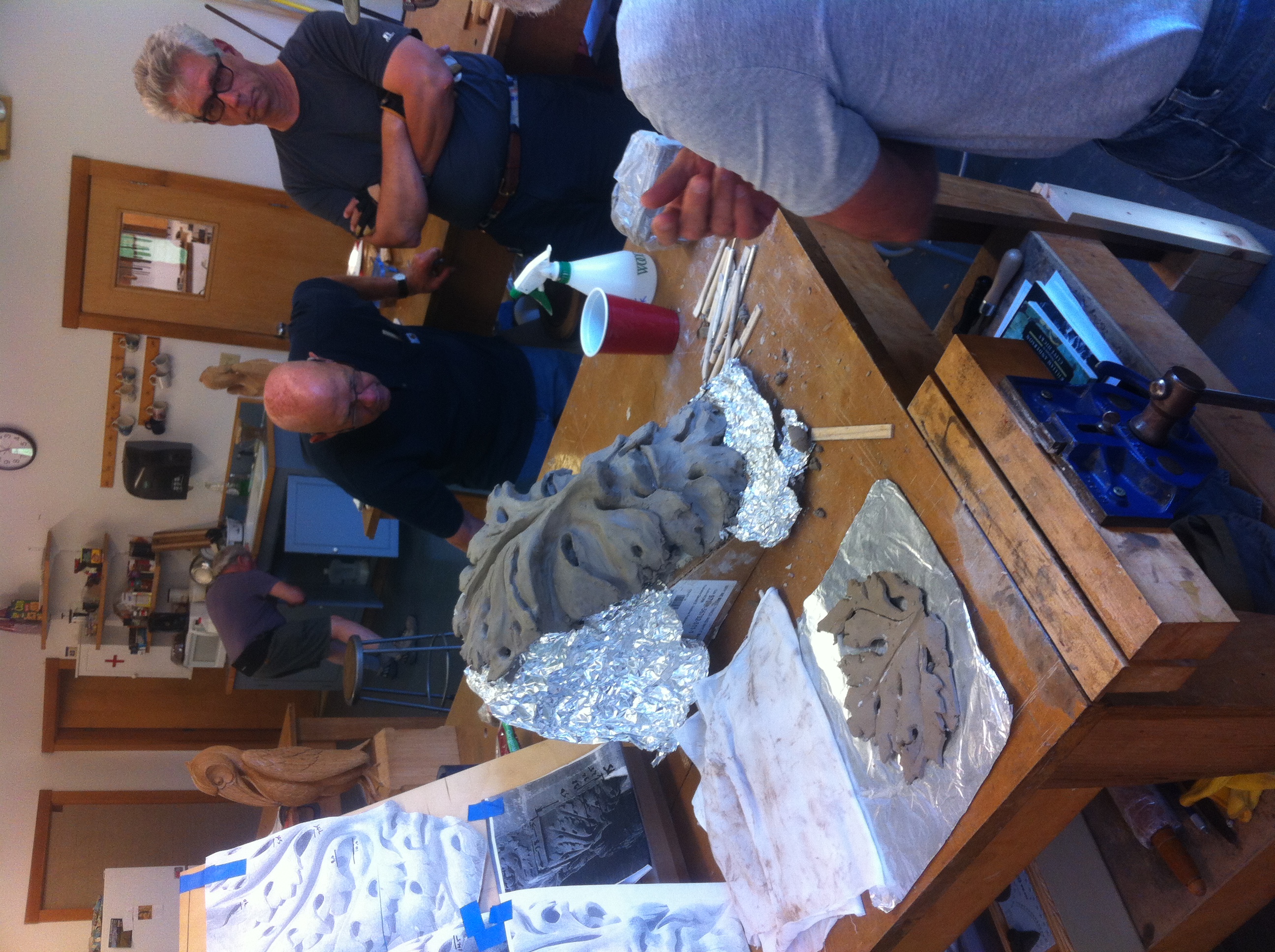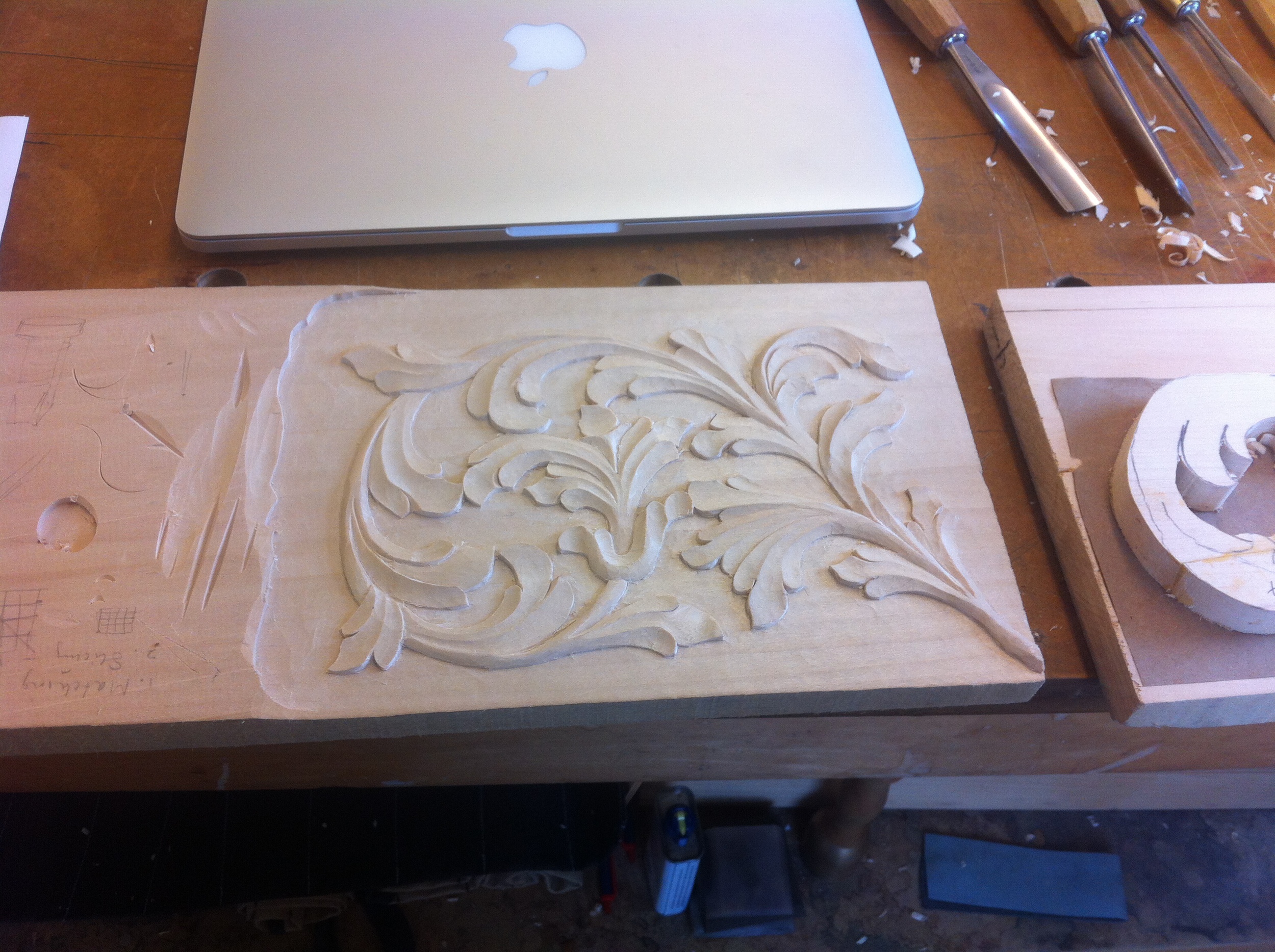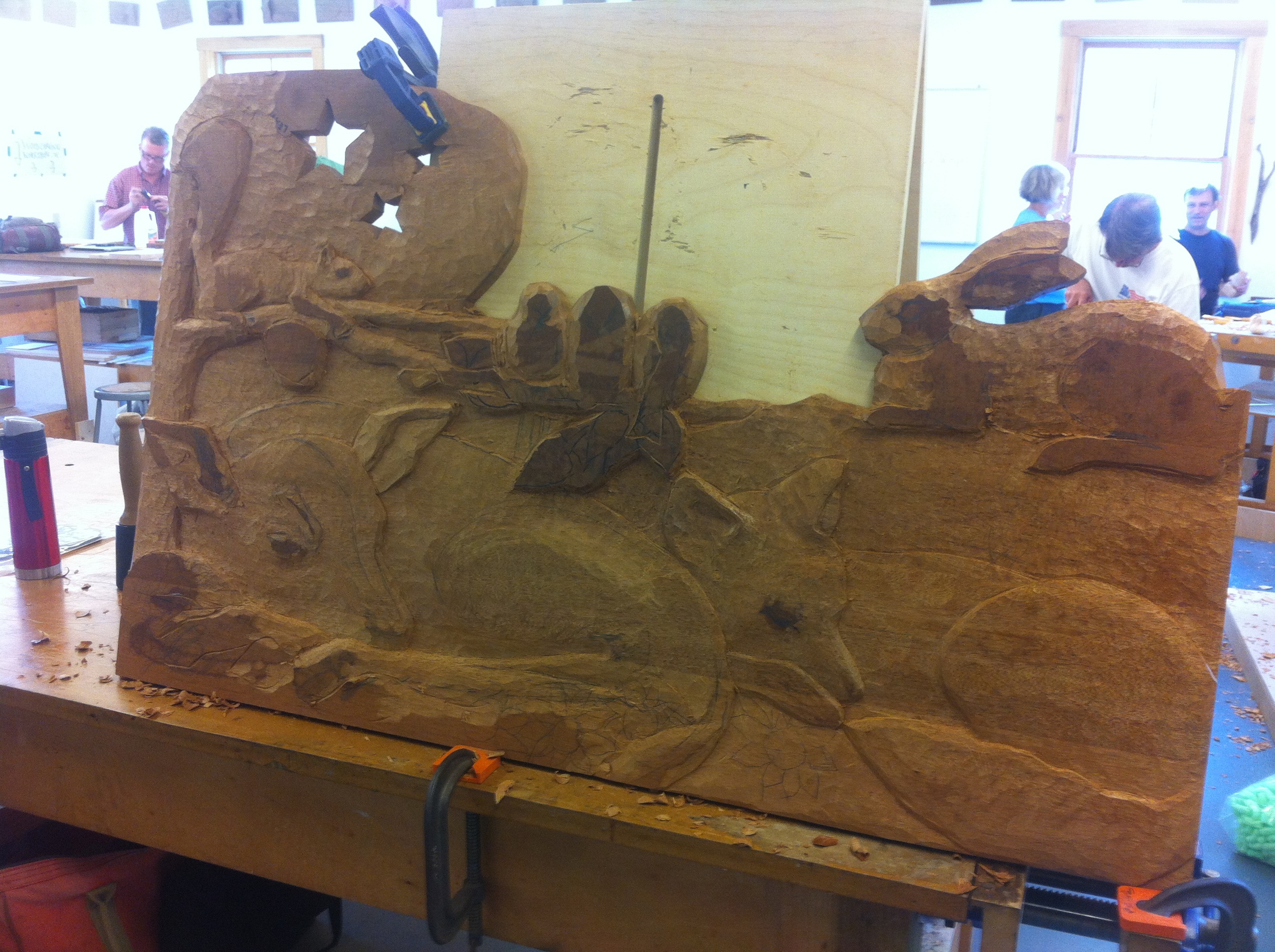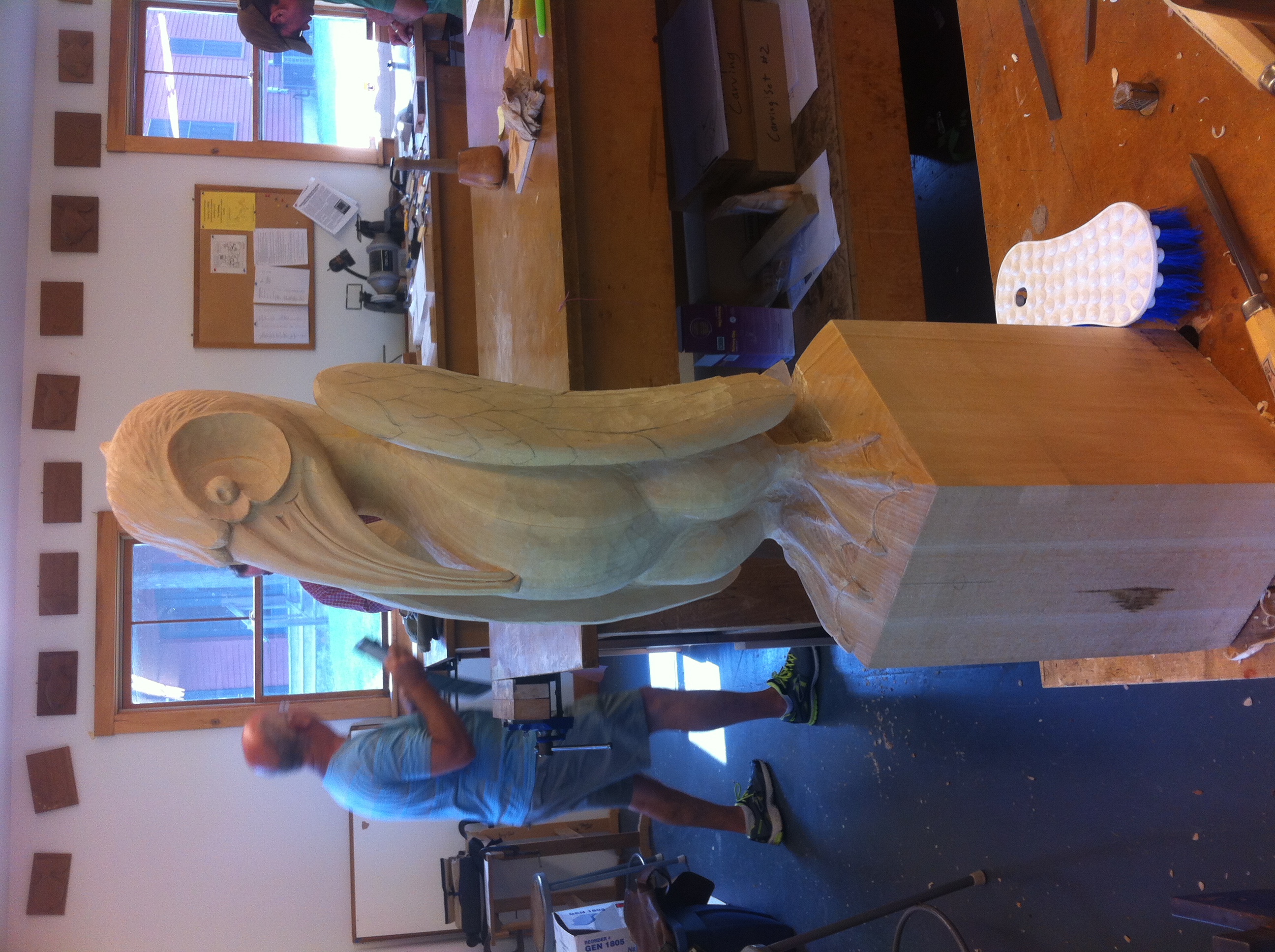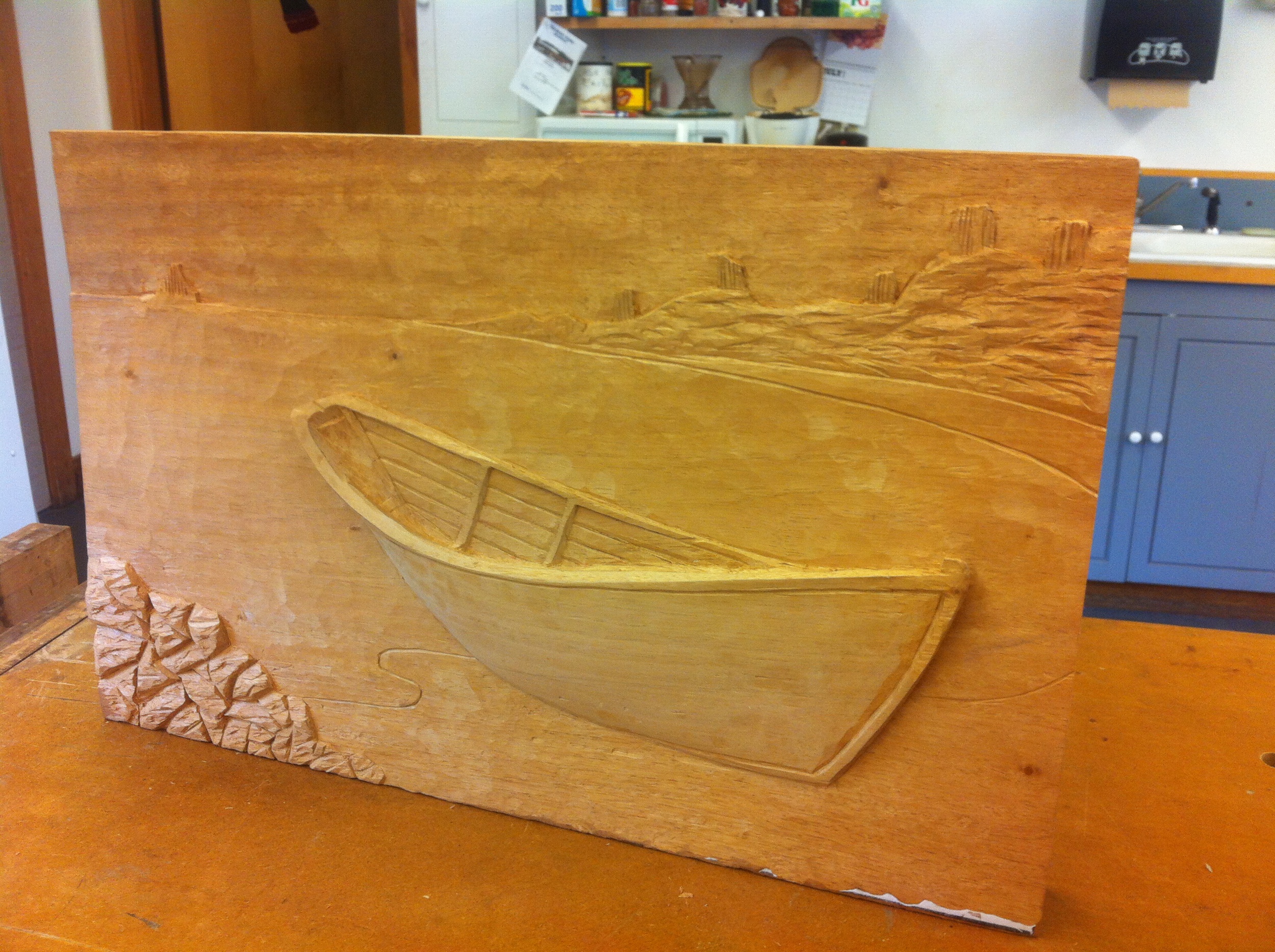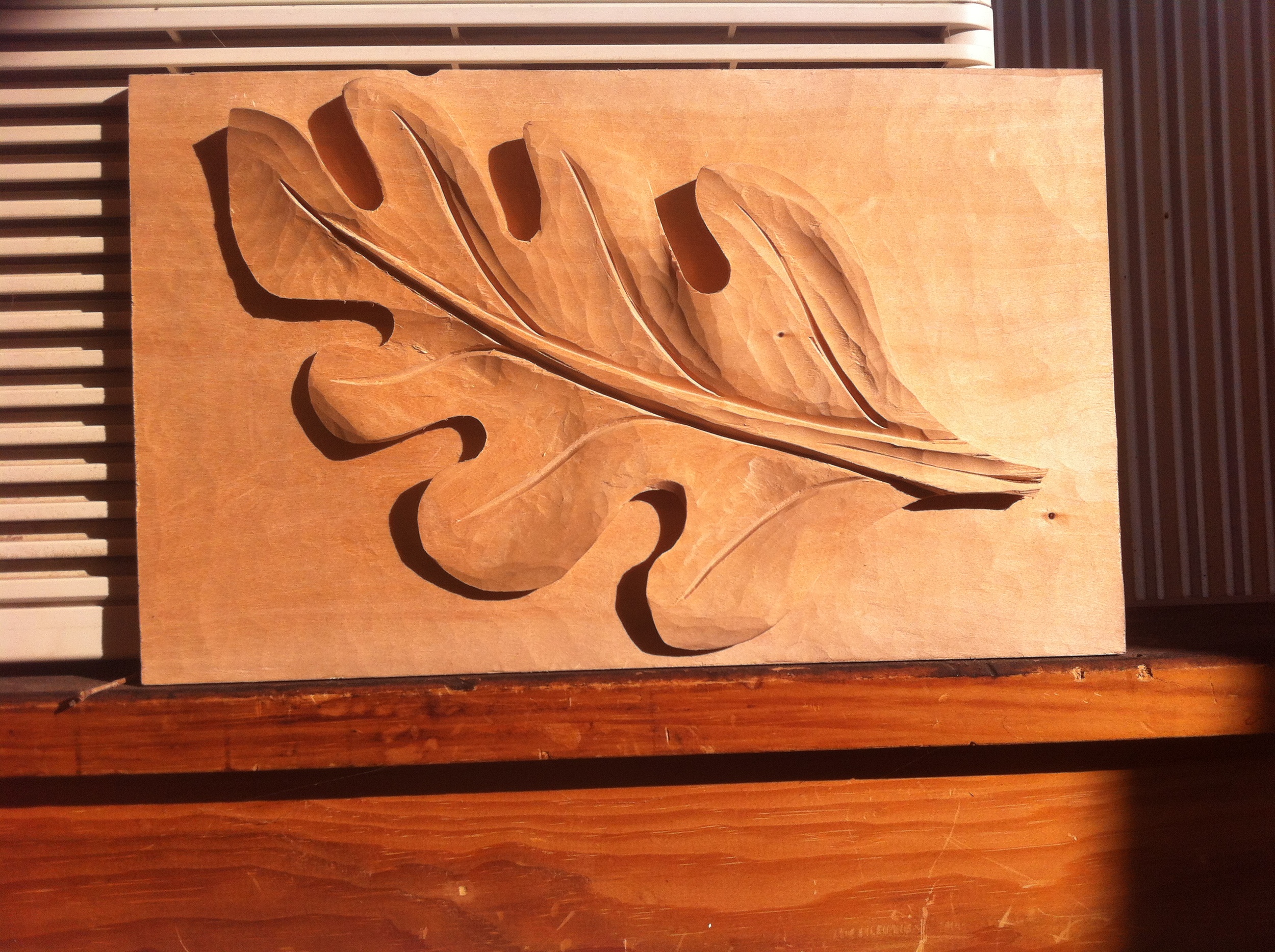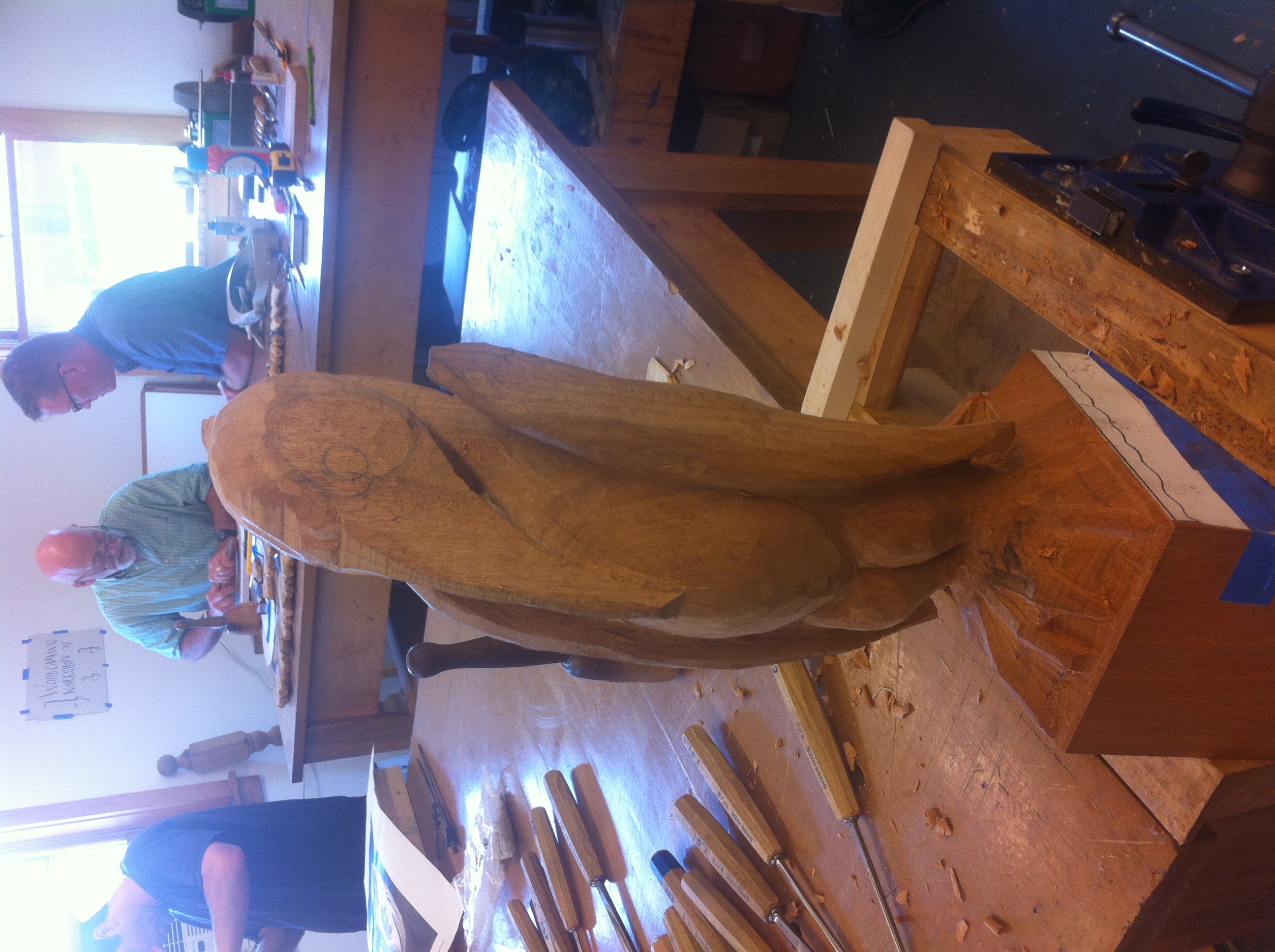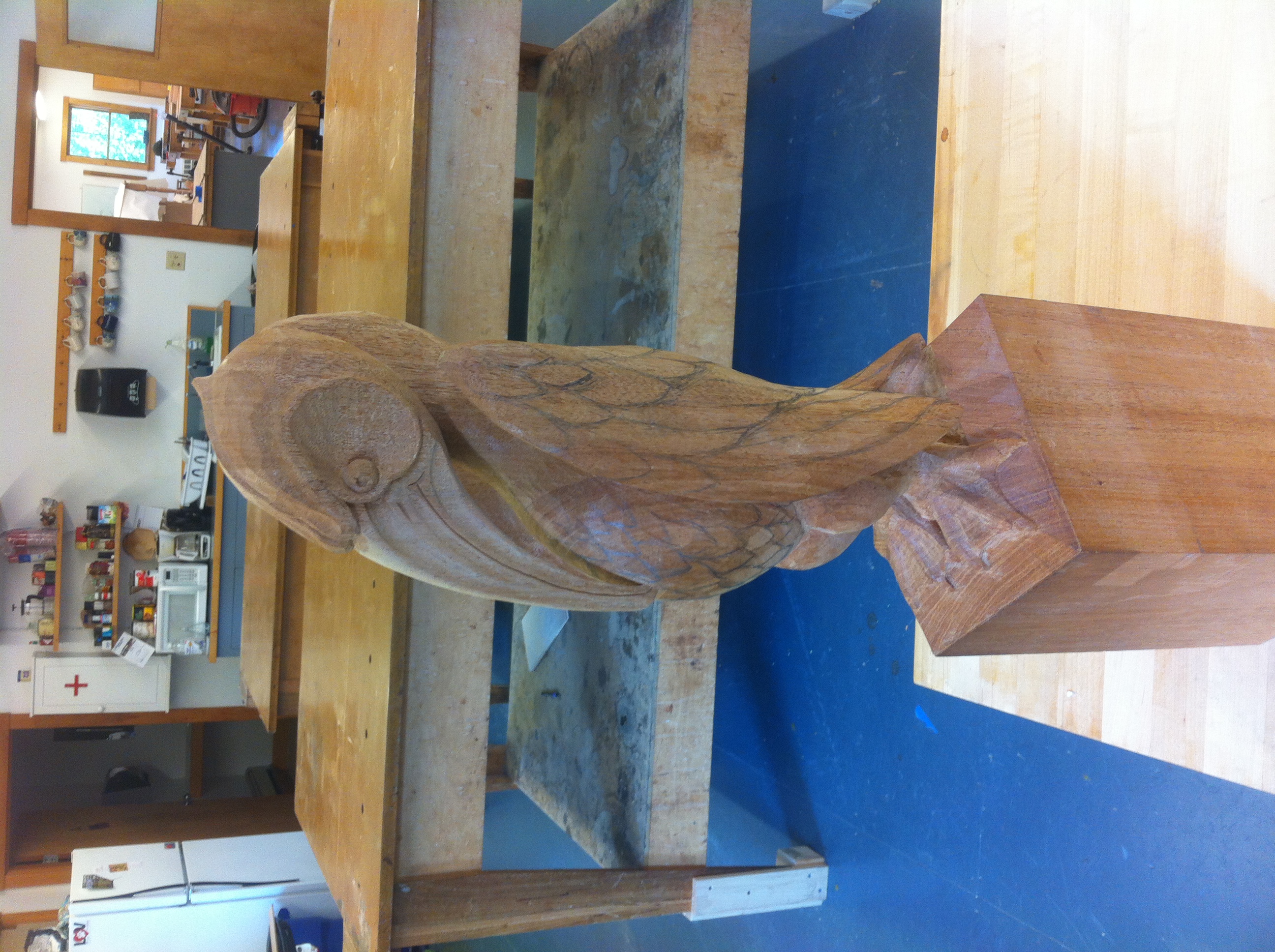Some turning, an end of an era, and a well-earned vacation
My last week at CFC as an workshop assistant was with Nick Cook, master turner from Georgia, who was both a very skilled turner and a really nice guy. Part of the perks of being the assistant, as you've seen, is the ability to participate in the class when it isn't full. I had that ability last week and learned a ton. We made coffee scoops, rolling pins, muddlers, honey drizzlers, salt shakers, pepper mills, and more. It was informative, but more importantly, I think, it was fun. After all, I didn't get into this business because I don't like to make things out of wood.
As the week passed, I enjoyed my waning time at the school. It was fun to see old friends for a time, meet new people, be around folks just discovering woodwork, and, of course, to have a nice summer in Maine with my wife. It was work, no easy breeze to be sure, but it was well worth it. I'll go ahead and proclaim that my time at CFC was an era, because hey, Mohammad Ali was the self-proclaimed "greatest" before he was the champ. So why not?
This next week and a half I'm out in LA with my wife visiting family. I may do another post in that time, but I'll leave it to inspiration. When I get back, I'll keep you up on the work I'm doing.
